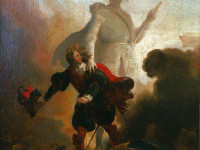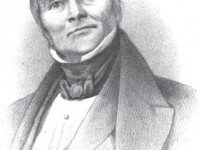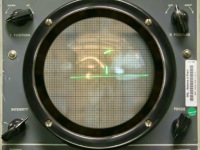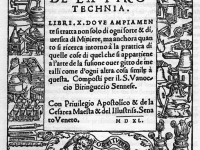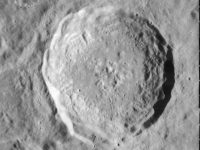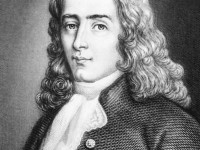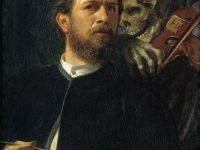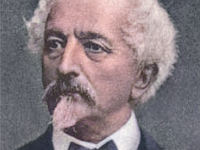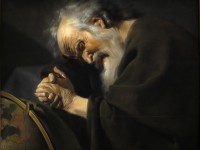Mozart’s Don Giovanni – Birth of an Archetype
On October 29, 1787, Wolfgang Amadeus Mozart’s Opera Don Giovanni with the libretto by Lorenzo da Ponte premiered in Prague. Being one of the most perfomed operas worldwide, it proved a fruitful subject for writers and philosophers based on the legends of Don Juan, a fictional libertine and seducer. Besides the beautiful Requiem, this is my personal favorite in the works of Mozart. I’ve seen it performed many times live on stage,…
Read more

